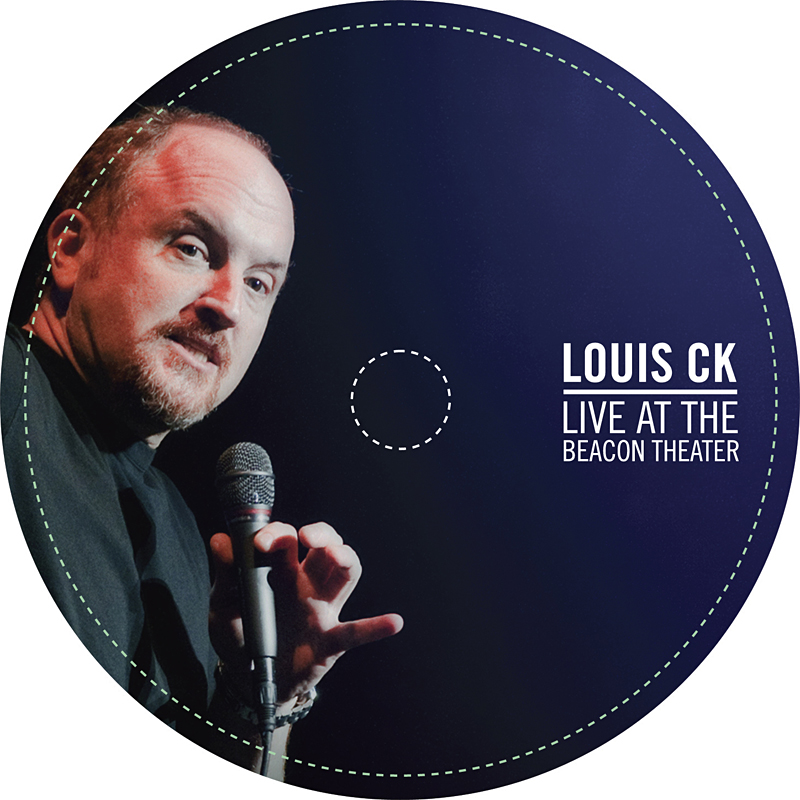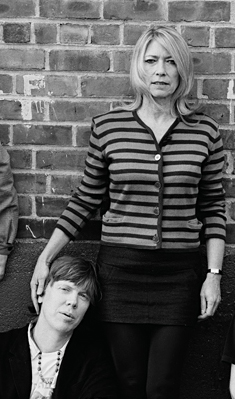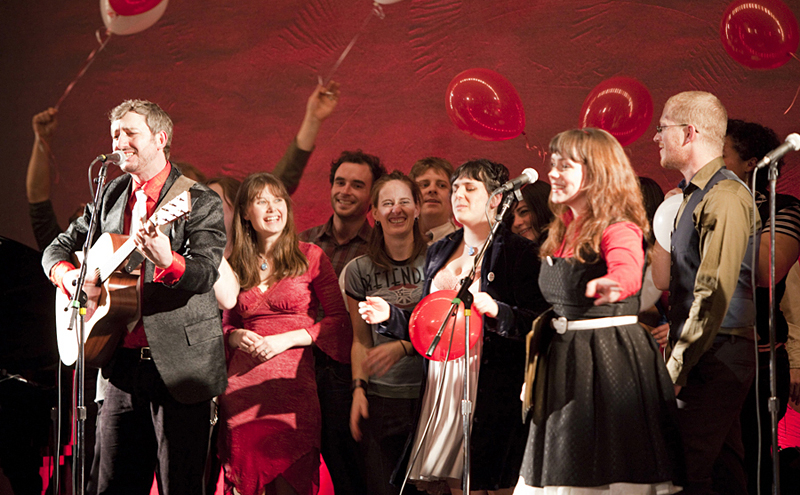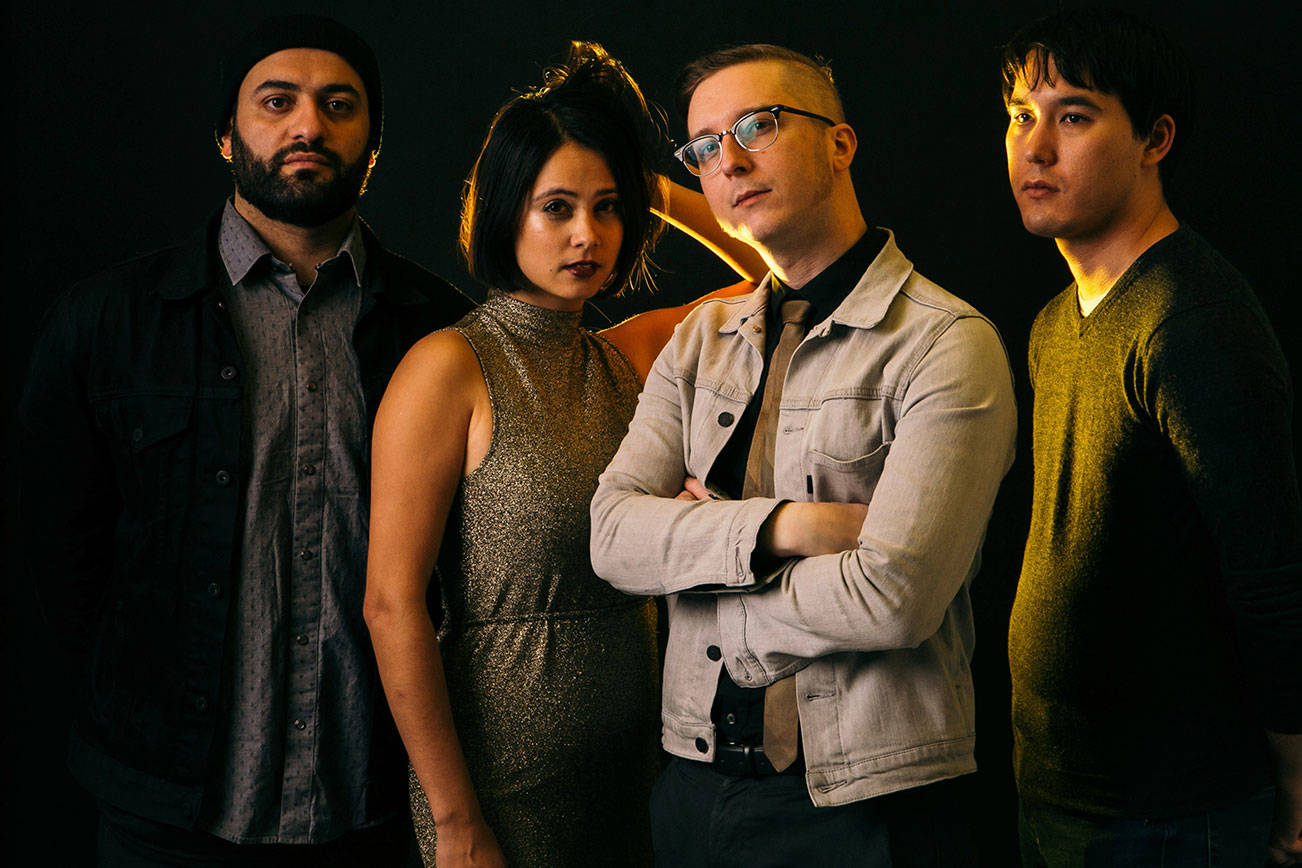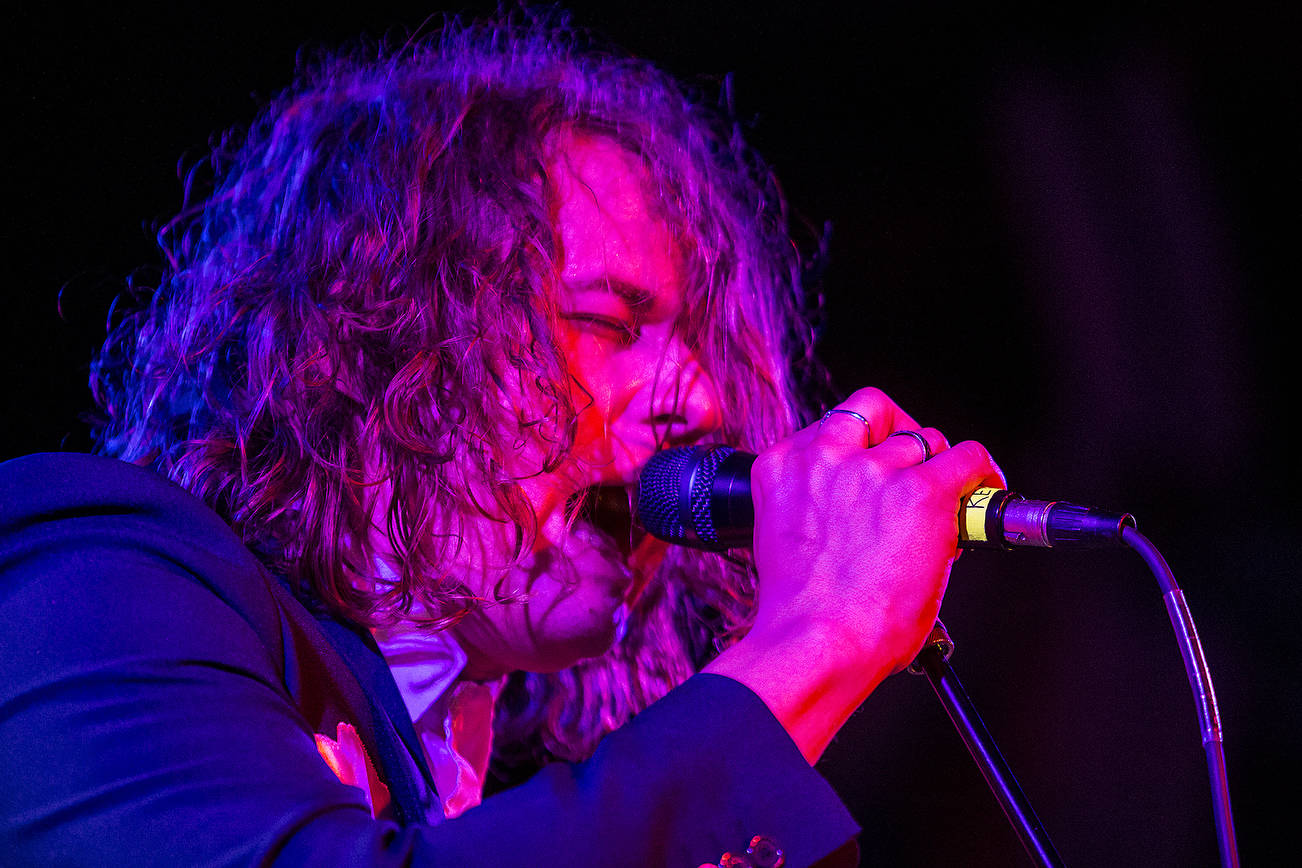“Kurt [Cobain’s] death hit me extremely hard,” says writer Michael Azerrad. “I couldn’t listen to those tapes until a few years ago.”
The tapes he is referring to contain more than 25 hours’ worth of conversation between Azerrad and the Nirvana frontman, which were used to help compile Azerrad’s band-approved biography, Come As You Are.
More than a decade has passed since Azerrad sat down with Cobain to set the record straight about the oft-misunderstood frontman. In that time, countless books and articles have been written about Cobain, largely by folks who didn’t know him personally. This literary clusterfuck has resulted in an unhealthy amount of mythmaking about Cobain’s personal life—especially regarding the circumstances surrounding his death. (For truly regrettable examples of this, check out Nick Broomfield’s Kurt & Courtney documentary and Gus Van Sant’s loosely fictional film Last Days.) But the fact that most people overlook is that Kurt Cobain actually lived and breathed, and that he did manage some enjoyable moments while doing so.
Though it was many years before he felt comfortable hearing Cobain’s voice again, Azerrad admits: “When I did finally throw [a tape] on, it immediately wiped away a whole lot of grief and anguish. I realized, ‘Oh yeah, that’s the really cool guy I used to know!’ Hearing his voice from when he was relatively happy and stable keeps him from being defined by those terrible last months of his life. There was so much more to Kurt than all the horrible stuff.”
For his new film, About a Son, Azerrad teamed with director AJ Schnack, whose credits include Gigantic: A Tale of Two Johns. Their movie is a meditative, impressionistic look at how our region helped shape such a unique individual. It’s less standard documentary than biography of a place and time.
“Where a person comes from has a lot to do with who they are,” says Azerrad. “The scenes of the places where Kurt mainly lived—Aberdeen, Olympia, and Seattle—illustrate where he came from, not just socioeconomically, but geographically, commercially, culturally, and even meteorologically. Obviously, the Northwest climate has a whole lot to do with its sense of place. So the cinematography takes in as much of the Northwest as possible, from rich, moist forest floors to steel-and-glass skyscrapers gleaming in the setting sun. But there’s also attention paid to the many things the Northwest has in common with the rest of the U.S., because a lot of what Kurt experienced was universally American as well.”
Fans who walk into About a Son expecting archival footage and interviews with former band members will probably be disappointed. Aside from the occasional use of Charles Peterson’s now-legendary photos from the grunge heyday, all the footage of Aberdeen, Olympia, and Seattle was filmed within the last couple of years. Cobain’s soft, wavering voice (sometimes muffled by tape hissing) takes us through the back streets of his drizzly hometown—talking about the people he grew up with, the kids who punched him in gym class, discovering punk rock, and meeting Buzz Osborne from the Melvins in nearby Montesano, as well as practicing in the brutally cold house that belonged to bassist Krist Novoselic’s parents. He talks of moving to Olympia and being interested in the capital city’s DIY scene, but also never quite fitting in with the ambitionless hipsters who sat around listening to the Shaggs. By the time the film hits Seattle, it’s obvious from the way Cobain talks that he wanted to be a rock star, and that he was on a mission to make a living off of rock and roll. He recalls pulling over the tour van to listen to “Love Buzz” on KCMU, and being pleased when a record executive told Nirvana, “We wanna make you guys stars.”
About A Son is ultimately a success because of Azerrad and Schnack’s unique focus. As Azerrad notes, he and Schnack wanted the film to be a look in, rather than a look back. This in itself makes the film stand out from the glut of posthumous Cobain-related projects.
“Taking a standard sound byte/performance footage/archival interview approach would have made it just another rock doc,” says Azerrad. “And that’s absolutely the last thing we wanted.”


